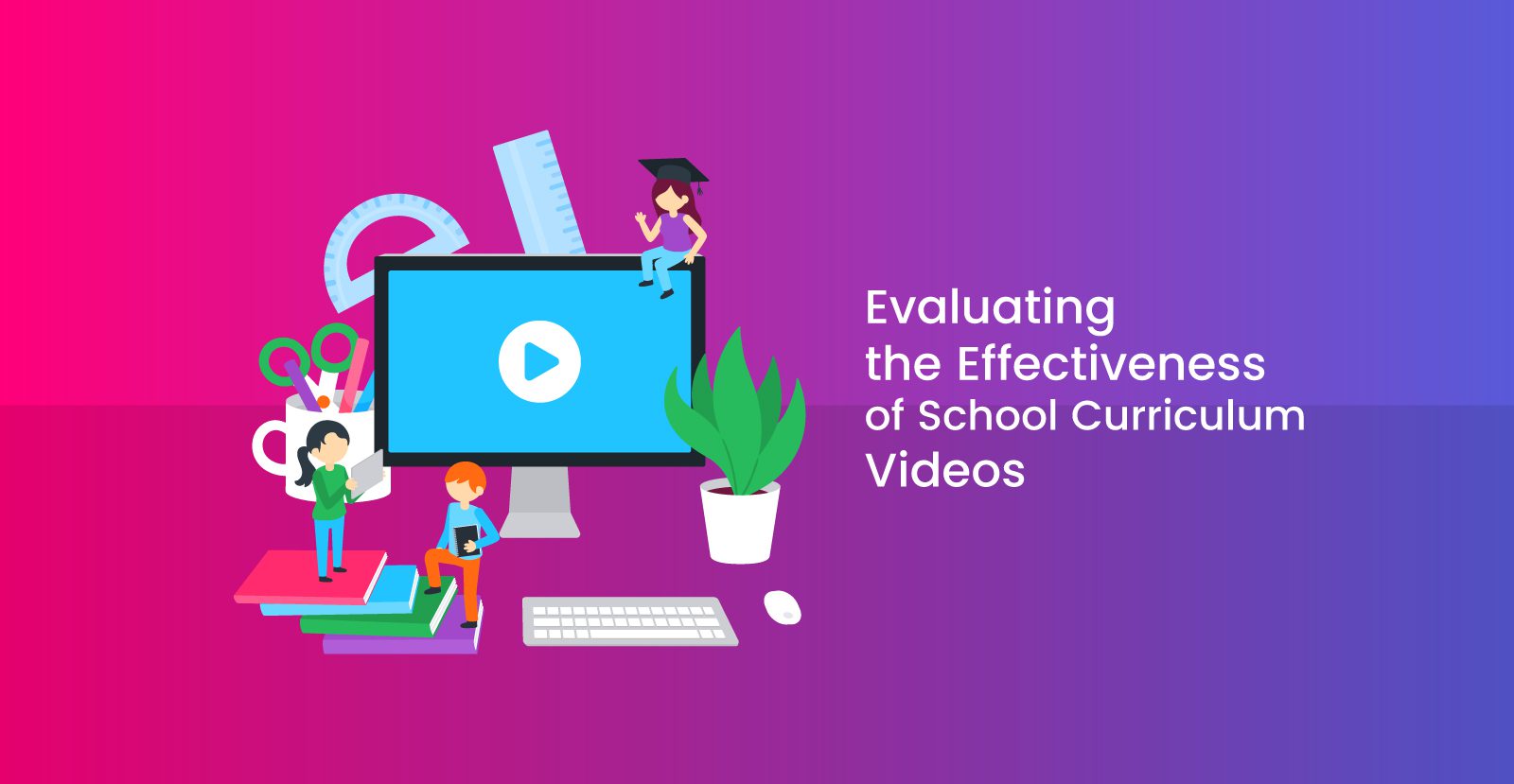As education keeps pace with the ever-changing times, weaving technology into classrooms is no longer just a choice but a necessity. Amidst the array of available tools, school curriculum videos stand out as mighty allies in the quest for effective teaching. The burning question on every educator’s mind: Do these videos truly boost student learning? Buckle up as we embark on a journey through this guide, where we dissect the intricacies of assessing the power-packed world of school curriculum videos. Packed with valuable insights and hands-on tips, we’re here to equip educators with the know-how to squeeze the maximum impact out of these video resources.
So, let’s dive into the realm of evaluating and optimizing school curriculum videos, turning the spotlight on how they can truly make a difference in the dynamic landscape of education!
Understanding the Educational Landscape
Before we jump into assessing curriculum videos, let’s grasp the modern educational scene that paved the way for their integration. While traditional teaching methods laid the foundation, they’re no longer the sole key to effective learning. Today’s students are digital natives, thriving on dynamic multimedia experiences. Introducing curriculum videos taps into their learning preferences, adding a visual and auditory flair to lessons. It’s like speaking their language, making education more engaging and relevant to the tech-savvy generation. This shift acknowledges that the classroom isn’t just about textbooks; it’s a space where traditional meets tech for a holistic learning journey.
Defining Effectiveness in Curriculum Videos
To truly gauge how well school curriculum videos work, teachers need to set some straightforward benchmarks. It’s not just about keeping students interested; we’re talking about understanding, remembering, and making the lessons stick. The real aim? Make those videos a natural part of the curriculum, not just an extra. They should be more than supplements – they should be the spark that ignites a profound understanding of the subject, making learning a journey, not just a destination. It’s about seamlessly weaving these videos into the educational fabric, creating an experience that goes beyond the surface.
Engagement Metrics: More Than Just Views
Don’t be confused by view counts when assessing video effectiveness—it’s a classic trap! Just because a video has heaps of views doesn’t guarantee it’s hitting the educational mark. Look beyond the numbers and dive into engagement metrics like watch time, comments, and post-view assessments. These gems offer a real insight into how students are engaging with the content. It’s like turning on the light in a dark room; suddenly, you see the nuances that truly matter in evaluating the impact of curriculum videos on your students’ learning journey.
Assessing Content Quality
Ensuring top-notch curriculum videos isn’t just about flashy production – content reigns supreme. Educators should closely examine whether the video aligns with curriculum goals, delivering information clearly and concisely. Valuable insights come from student feedback and regular content reviews, forming the backbone of continuous improvement. It’s not just about what looks good; it’s about content that truly resonates and aligns with educational objectives. This ongoing scrutiny guarantees that the quality of curriculum videos doesn’t just meet standards but evolves, making them effective tools for student engagement and comprehension over the long haul.
Adaptability and Customization
A great curriculum video isn’t a one-size-fits-all deal. Think of it as a chameleon, adapting to different learning styles and abilities. Throw in some customization options like subtitles and language choices, and you’ve got a recipe for inclusivity. When a video caters to diverse learning needs, it clicks with a wide range of students. It’s like having a personalized tutor for everyone in the classroom, making learning more accessible and engaging for all.
Integration with Classroom Activities
Ensuring that a curriculum video doesn’t just sit on the sidelines but actively joins the learning party is crucial. Think of it as a dance partner – does it lead to engaging discussions, spark exciting projects, or encourage students to explore beyond the screen? When a video seamlessly weaves into classroom activities, it becomes more than a passive observer; it becomes a catalyst for collaboration and interaction. The key here is not just watching but using the video as a dynamic tool, turning the classroom into a vibrant space where learning is an interactive journey rather than a one-way street.
Utilizing Technology for Assessment
In the world of education, technology becomes a game-changer for assessing the impact of curriculum videos. Picture this: quizzes, polls, and lively discussion forums directly tied to video content. It’s like having a digital pulse on student comprehension, instantly flagging areas that might need a bit more explanation. These real-time assessments aren’t just data points; they’re your secret weapon to understanding how well your video is hitting the mark as a teaching tool. It’s not about the tech itself – it’s about using it to decode the language of student learning and ensuring your lessons truly resonate.
The Role of Feedback in Continuous Improvement
Effective education thrives on continuous improvement. It’s like tuning an instrument; gathering insights from students and fellow educators acts as the melody. This constant feedback loop isn’t just about identifying strengths and weaknesses; it’s about dancing with change. It empowers educators to adapt, ensuring their approach harmonizes with evolving needs. So, think of it as an educational remix – a dynamic process where every note of feedback fine-tunes the symphony of learning, making sure it resonates with the ever-shifting rhythms of education.
Conclusion: Navigating the Evolving Educational Terrain
In conclusion, evaluating the effectiveness of school curriculum videos demands a multifaceted approach. Beyond surface-level metrics, educators must delve into the core components of engagement, content quality, adaptability, and integration. Embracing technology for assessment and fostering a culture of continuous improvement ensures that curriculum videos remain dynamic tools in navigating the evolving educational terrain. By staying attuned to the needs of the digital generation, educators can harness the full potential of curriculum videos to enrich the learning experience and prepare students for the challenges of the future.



Please enter input field